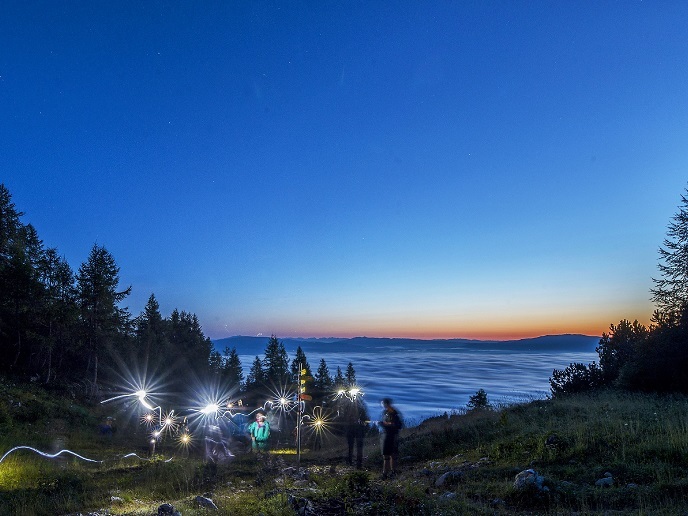Natural and cultural heritage as an engine for sustainable rural growth
Rural areas in the EU represent 83 % of its total area, housing nearly one third of the EU population. Nature and human society in rural areas have co-existed for thousands of years, offering unique examples of heritage. As such, rural areas need to be safeguarded against potential economic, social and environmental threats but also recognised as communities of sustainable development and growth.
A hub for heritage-led regeneration
The EU-funded RURITAGE project set out to identify the unique natural and cultural heritage potential of certain rural areas and use them as an engine for regeneration. Towards this goal, the consortium developed the Systemic Innovation Areas framework: pilgrimage, resilience, sustainable local food production, integrated landscape management, migration, and art and festivals. Throughout the RURITAGE project, 13 rural areas were selected as ‘Role Models’, including the Asti Province in Italy, the town of Visegrád in Hungary and the island of Lesvos in Greece. These rural areas served as examples where regeneration took place with the help of cultural and natural heritage. The Role Models were selected in reference to the six different Systemic Innovation Areas. Prosperous practices of the Role Models were analysed and furthermore transferred to six selected ‘Replicator’ areas. Replicators are rural communities wishing to build their own heritage-led regeneration strategies but lacked relevant skills, knowledge, and capacity building.
Establishing strong community bonds
Each Role Model and Replicator established a so-called ‘Rural Heritage Hub’ (RHH) of local stakeholders as a meeting place for sharing knowledge and skills. “RHHs served as living labs where local stakeholders and inhabitants cooperated to develop new heritage-led regeneration strategies for their territory,” explains project coordinator Simona Tondelli. A participatory planning process ensured that the Role Models’ experience was tailored and adapted to the specific needs and challenges faced by Replicators. These community-driven hubs (physical and digital) remain active even after the completion of the RURITAGE project, creating a strong network that will continue to foster the heritage paradigm as a driver for regeneration.
RURITAGE in numbers
The project involved over 3 440 citizens in the RHHs, restored or retrofitted 39 buildings, made more accessible 6 sites and 230 km of cultural routes, improved 550 kilometres of cycling/walking routes and organised 66 festivals and art exhibitions. RURITAGE also improved the Wi-Fi coverage by introducing 65 new hot spots and organised webinars attended by over 2 680 people. In terms of budget, the project mobilised additional EUR 204 276 for the Replicators action plans and EUR 1 220 000 sustaining these actions beyond the project end. “RURITAGE is a dynamic project, designed to keep our past, present and future in mind,” emphasises Tondelli. To secure the sustainability of the project, and that all good outcomes are put to good use, the consortium set up a ‘Resources Ecosystem’ hub. The digital tools are open access to all and will continue to support local communities to regenerate with the RURITAGE methodology and monitor results for sustained growth.
Keywords
RURITAGE, rural areas, regeneration, natural heritage, cultural heritage, rural heritage hub







